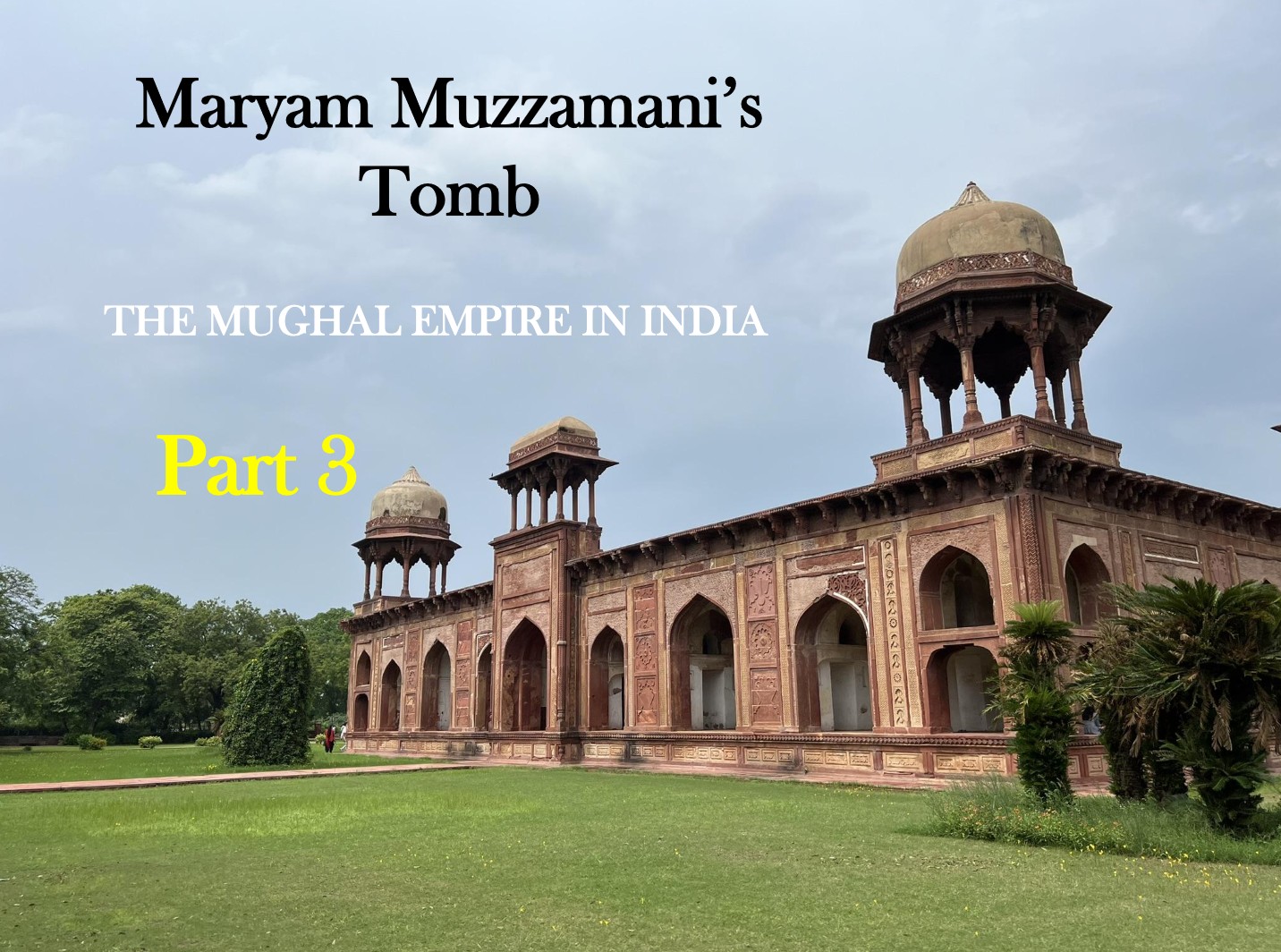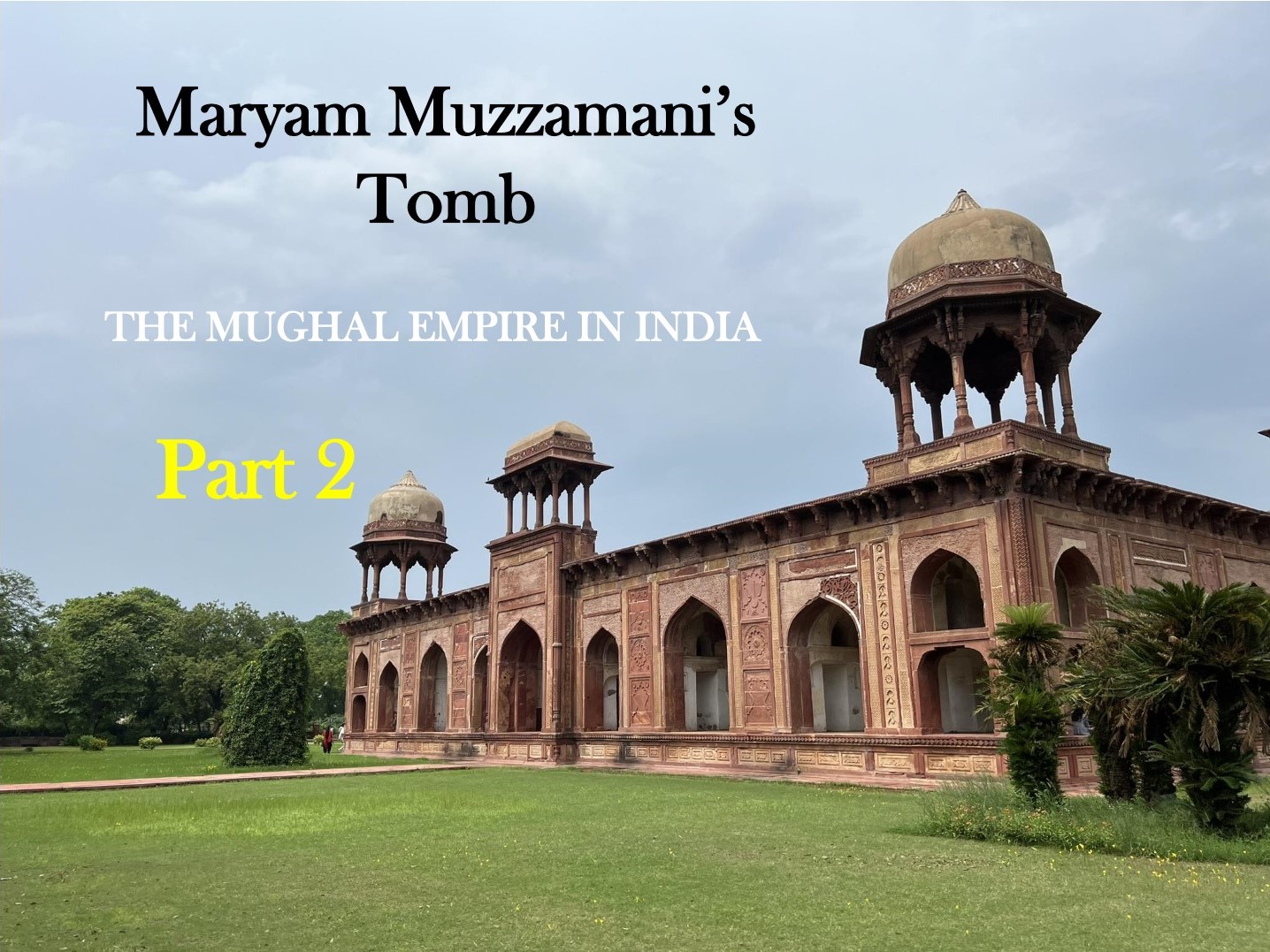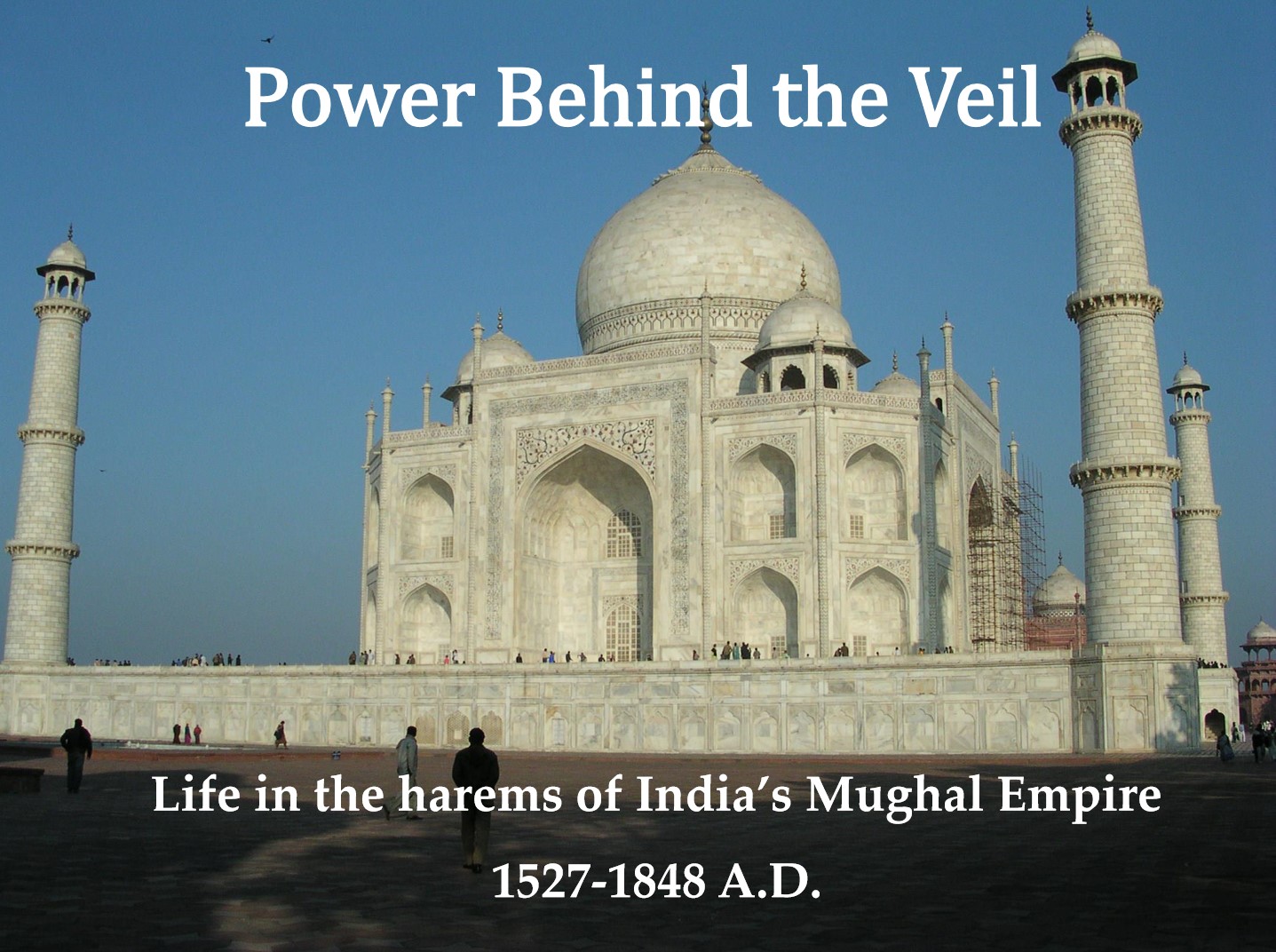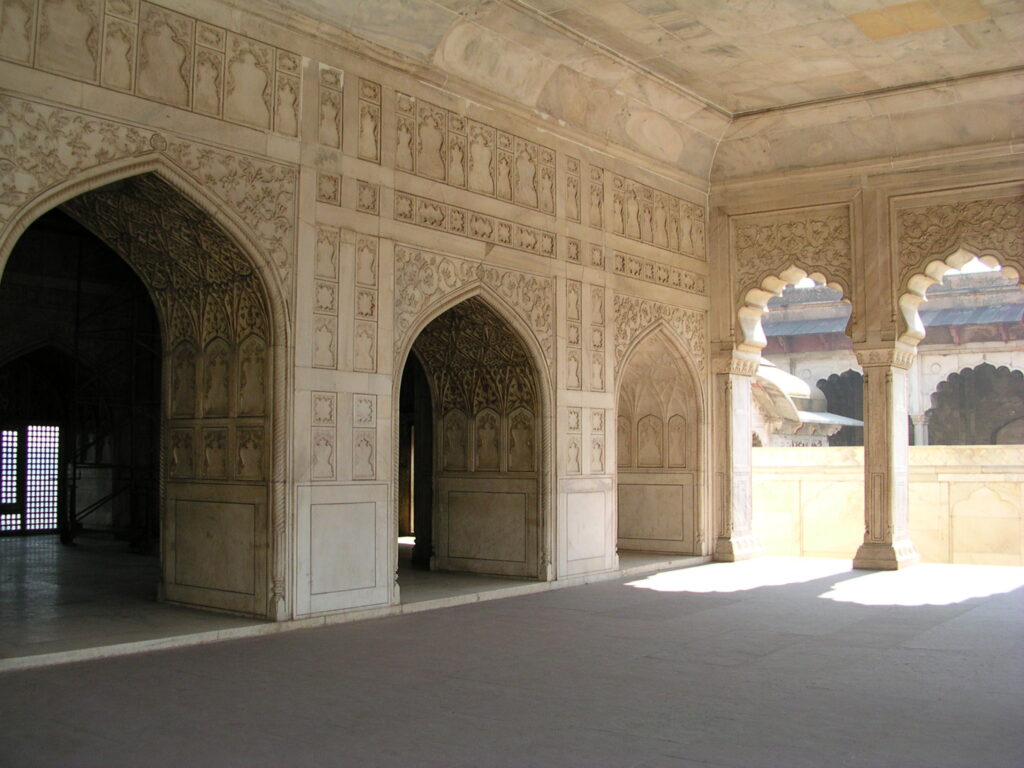We’ve arrived at the stage of our Akbar-Maryam-Jodha saga, where Emperor Akbar has married his fourth and most significant wife, Maryam. Significant, because she gave birth, in 1569, to his first surviving son and heir, Prince Salim, who went on to become Emperor Jahangir. But, what of Jodha, also Akbar’s wife?
That most-beloved and favorite Hindu wife, was she Maryam? Or, was she another wife, so adored that Emperor Akbar neglected all his other wives for her? What of their grand, grand love story—what about all the movies made about her, the television series that star her?
More to the point, was there ever a Jodha Bai in Emperor Akbar’s life?
Continue Reading











